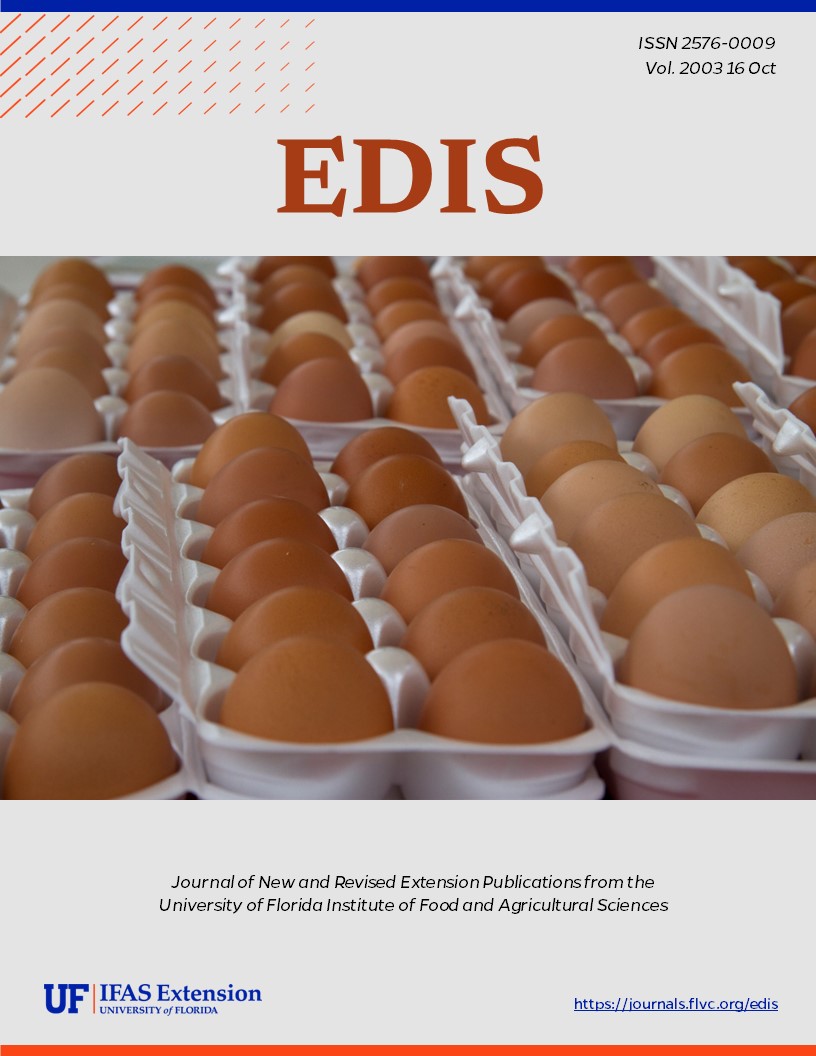Abstract
The history of birdfeeding in America dates back to 1845, when Henry David Thoreau fed birds at Walden Pond. In 1926, the first commercially made birdfeeder, designed for hummingbirds, went on the market. Today, more than 50 million Americans put out a billion pounds of birdfeed each year. Before placing a feeder in your backyard, you should think about a few key points. This document contains suggestions that are useful guidelines. The BEST way to determine how to attract birds to your feeders is to experiment. This document is WEC 162, one of a series of the Department of Wildlife Ecology and Conservation, Florida Cooperative Extension Service, Institute of Food and Agricultural Sciences, University of Florida. First published September 2003.
WEC 162/UW192: Attracting Backyard Birds: Bird Feeder Selection (ufl.edu)
Unless otherwise specified, articles published in the EDIS journal after January 1, 2024 are licensed under a Creative Commons Attribution-NonCommercial-NoDerivs 4.0 International (CC BY-NC-ND 4.0) license.

